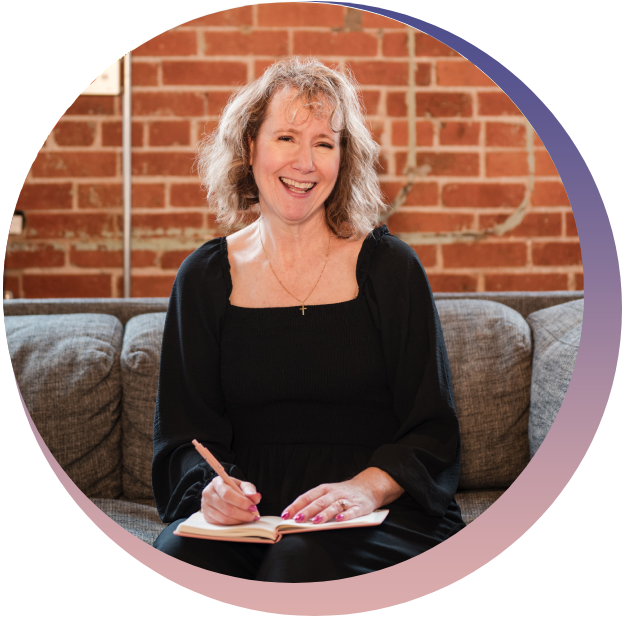Adoption is a topic that comes with a lot of myths and misconceptions. In a recent video, I took on some of the biggest myths surrounding adoption and provided valuable insight into what the adoption process is really like.
- Regret
One of the most pervasive myths surrounding adoption is that birth parents will regret their decision for the rest of their lives. While there is grief and loss involved in the decision to place a child for adoption, the majority of birth mothers who choose adoption do well with their grieving process, especially if they receive support and counseling. Additionally, open adoptions can help birth parents move through their grieving process and continue to see their child as they grow. - Lack of Care
There is a common myth surrounding adoption that expecting mothers who choose to place their babies for adoption do not love their children. However, this could not be further from the truth. In fact, many birth mothers love their babies so much that they make the selfless decision to give them up for adoption in order to provide them with a better life than they are currently able to offer. Adoption is a complex and emotional process, and birth mothers experience a range of emotions including grief and loss. It’s important to acknowledge and respect these feelings, but also to recognize that they do not reflect a lack of love or care for the child. Many birth mothers who choose adoption are able to maintain a loving and supportive relationship with their child and the adoptive family, which can bring comfort and healing to all involved. It’s crucial to break down the harmful myths and stereotypes surrounding adoption and instead focus on the truth – that adoption is an act of love and can bring tremendous joy and fulfillment to everyone involved. - Damage
I also tackled the myth that adoption damages children. While there is trauma and loss involved in the adoption process, children can thrive in adoptive homes when they are raised by adults who are committed to supporting them and addressing their questions as they grow. Open adoptions and transparent communication can also help children feel secure in their adoptive homes.
Other myths include the idea that the adoption process is secretive (it’s not), that it takes years to adopt (most families adopt within two years), and that families over the age of 40 or who are already parenting cannot adopt (both of these are untrue).
One of the most important things to understand about adoption is that there is no one-size-fits-all approach. Each adoption is unique, and what works for one family may not work for another. However, by debunking some of the most common myths and misconceptions surrounding adoption, I hope to offer some insight into what the adoption process is really like and how families can navigate it successfully.
To hear my insights in full and learn more about adoption, be sure to check out the video.
To learn more about the adoption process, take our All About Adoption 101 course.
This blog post is provided for educational and informational purposes only. Our services are not financial, business or legal advice. The information presented here is not a guarantee that you will obtain any results or earn any money using our content. Adoption & Beyond, Inc. owns all copyrights to the materials presented here unless otherwise noted.

